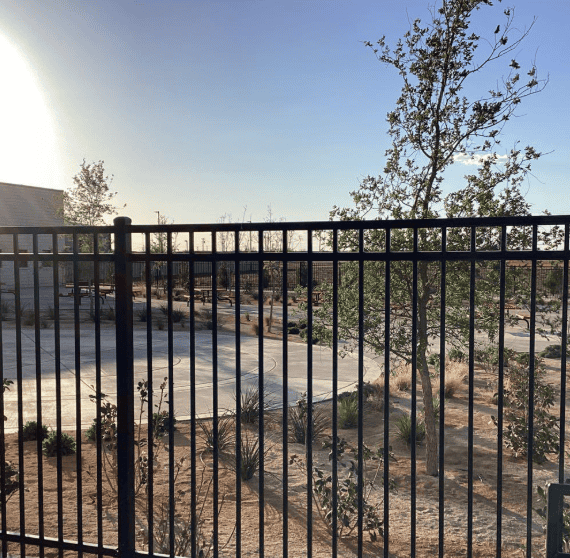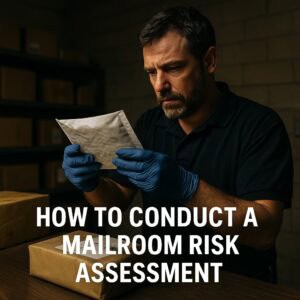Creating a secure perimeter is one of the most effective strategies for protecting schools against external threats.
Fencing, when designed and implemented properly, acts as a vital first layer of defense.
By combining strategic design with modern security principles like Crime Prevention Through Environmental Design (CPTED), schools can create a safe environment for students and staff.
The K-12 School Security Guide (3rd Edition) from the Cybersecurity and Infrastructure Security Agency (CISA) is also a good source.
Why Fencing Matters
Fencing isn’t just about marking boundaries—it’s about controlling access, deterring unauthorized entry, and enhancing the overall safety of the school.
A well-designed fence:
- Channels visitors to designated entry points.
- Creates psychological deterrence for potential intruders.
- Delays threats, providing critical time for staff to respond.
Best Practices for School Fencing
1. Follow CPTED Principles
Crime Prevention Through Environmental Design (CPTED) is a proven approach to designing safe environments. For fencing, this means:
- Visibility: Avoid solid fences that block visibility. Use designs like wrought iron or chain link to maintain sightlines.
- Height and Scalability: Fences should be at least 6 feet tall with anti-scaling features, or 8 feet tall without them, to deter climbing.
- Lighting and Landscaping: Ensure fencing is well-lit and free of obstructions like overgrown bushes, which could provide cover for intruders.
2. Integrate Fencing with Entry Control Measures
Fencing alone isn’t enough—it must work in tandem with access control systems to be truly effective. Consider:
- Single Entry Points: Use fencing to guide all visitors to a secure, monitored entrance.
- Controlled Access: Install gates with electronic access systems, cameras, or intercoms to manage who enters the campus.
- Emergency Exits: Ensure gates comply with fire codes and allow for emergency egress without compromising security.
3. Customize Fencing for Your Campus
Every school has unique needs based on its size, layout, and location. Custom fencing solutions can address these specifics:
- Schools near busy roads may need sound-mitigating fencing to reduce noise and distractions.
- Rural schools might require fencing to deter wildlife in addition to securing the perimeter.
- Urban schools may benefit from decorative fencing that blends into the neighborhood while maintaining security.
Common Mistakes to Avoid
- Ignoring Maintenance: A neglected fence undermines security. Regular inspections and repairs are essential.
- Overlooking Entry Points: Ensure all gates are as secure as the fencing itself. Unsecured gates create vulnerabilities.
- One-Size-Fits-All Solutions: What works for one school may not work for another. Always tailor fencing to your campus’s needs.
Fencing and School Safety Standards
Many states, including Texas, emphasize secure perimeters as part of their school safety standards.
The Texas Administrative Code §61.1031 requires schools to consider fencing in their safety planning.
Following these guidelines can help schools meet compliance while enhancing overall security.
How Risk Strategy Group Can Help
A secure perimeter starts with the right fencing.
At Risk Strategy Group, we understand that every school is unique, and we specialize in creating customized fencing solutions tailored to your campus’s specific needs.
Our fencing services include:
- Assessing your school’s layout to design an effective perimeter.
- Installing fences with anti-scaling and tamper-resistant features.
- Integrating fencing with access control measures for a comprehensive security solution.
Take Action Today
Investing in secure fencing isn’t just about compliance—it’s about safeguarding your school community.
Whether you need a new installation, an upgrade, or a full assessment, our team is here to help.
Contact Risk Strategy Group today to learn more about our fencing solutions and how we can help protect your campus.






